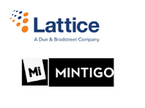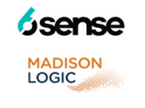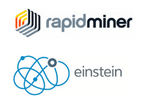Evaluation of predictive lead scoring options
B2B marketing organizations with revenue generation as their focus have always regarded lead scoring as an important component of the lead management process. Over the last 3 years or so, many of the more mature companies have started evaluating or implementing predictive lead scoring to further improve the quality of leads being sent for tele or sales qualification.
There are three key options available for companies considering predictive lead scoring options:
- Use Predictive Lead Scoring Platforms
- Use Intent-based Scoring
- Use AI/ML-based modelling tools to develop predictive lead scoring models
Each of these options have their advantages and disadvantages.
Below, we present a simple evaluation of the 3 options to help organizations choose.
| Core Benefits | Pros | Cons | Sample Brands | |
| PLS Platforms |
|
|
|
 |
| AI-based Intent Scoring |
|
|
|
 |
| ML/AI Platforms |
|
|
|
 |
As the above comparison shows, each option has its advantages and disadvantages. So, it is important to relate these strengths and weaknesses to the specific context in which the company is operating – what are the most important segments/markets, what is the existing data quality, volume availability, etc. to weigh the options. Similarly, the level of control that the organization might want for the model design could lead to different conclusions.
So, it is important to identify these key criteria and score each of these options against those criteria based on the business context to arrive at the optimal solution.


